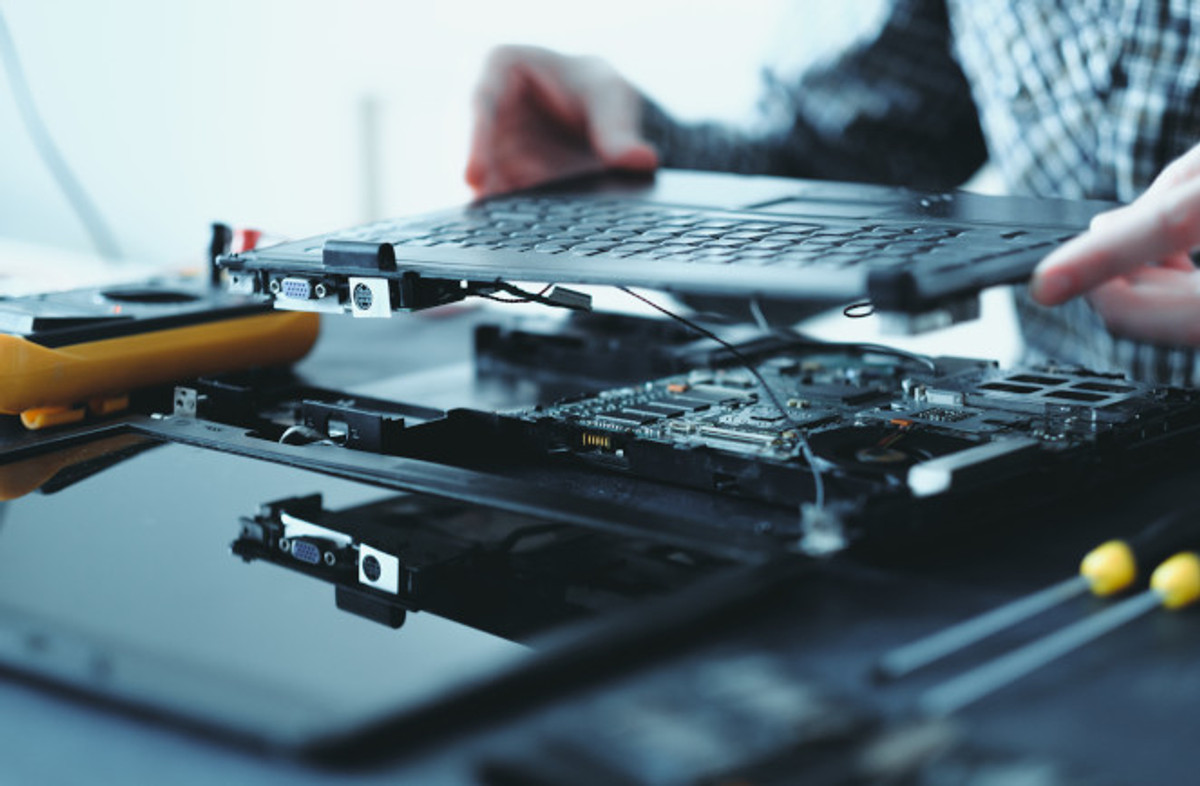Refurbished electronics have seen immense growth in popularity in recent years as an eco-friendly and cost-effective alternative to buying new devices. More consumers are realizing the benefits of opting for refurbished phones, laptops, tablets and other gadgets.
What are Refurbished Electronics?
Refurbished Electronics refer to previously owned electronic devices that have been inspected, repaired, and cleaned by manufacturers or third-party companies. Any defects in materials or workmanship are replaced or repaired to meet the performance and quality standards of new electronics. While the exterior may show minor signs of use, internally refurbished devices work and function like new.
Refurbished devices undergo a rigorous multi-point inspection and testing process. Any damaged components are replaced. The devices are thoroughly cleaned both internally and externally. The goal is to eliminate any physical or technical damage and make the device look and work like new. Manufacturers often provide the same warranty on refurbished devices as new ones.
Growth in the Refurbished Market
The global refurbished electronics market size was valued at around $35 billion in 2020 and expected to grow steadily in coming years according to various industry reports and analysts. Growing environmental concerns and the rising costs of new electronics are driving more consumers towards refurbished products.
Awareness about the environmental impact and e-waste from discarded electronics is pushing eco-conscious consumers to opt for refurbished devices. According to studies, refurbishing and reusing electronic devices can reduce carbon emissions by around 15-20% versus manufacturing new devices. This is making refurbished gadgets an attractive eco-friendly option.
The average selling price of new smartphones globally increased around 40% in the last five years, making high-end flagship devices unaffordable for many. Refurbished smartphones can be had at around 30-50% lower prices compared to new equivalents. This substantial cost-savings is hard for value-conscious buyers to ignore. The growing secondary market and online availability of refurbished gadgets makes them much more accessible than before.
Top Selling Refurbished Categories
Certain categories of refurbished electronics have emerged as top sellers over the past years:
Smartphones: Smartphones accounted for over 40% of total refurbished electronics sales globally in 2021. Most used smartphones undergo refurbishment and are back on the market quickly. Major tech brands dominate the refurbished smartphone segment owing to their large installed user base looking to upgrade affordably.
Laptops and tablets: As people continue working and learning remotely, there has been increased demand for pre-owned yet certified laptops and tablets that deliver performance for productivity at lower price points compared to brand new devices. Refurbished laptops offer great value for casual users or students on a budget.
Headphones and earphones: Portable audio accessories like headphones and earphones see heavy use but relatively less depreciation in value when refurbished. Many top audio brands now offer refurbished programs for wireless headphones, in-ear monitors and more to keep costs down and reduce e-waste.
Gaming consoles: Popular game console brands regularly refurbish previous-gen systems as a more affordable way for casual or younger gamers to experience top titles without paying full retail for latest models. Online game trade-ins ensure a steady supply of refurbished consoles.
Cameras: Serious and aspiring photographers regularly upgrade cameras, leaving many pro-level DSLRs, lenses and accessories available for affordable secondary purchase after rigorous cosmetic and functional refurbishment checks by camera giants.
Refurbished Offerings Grow
Major consumer tech players have expanded their refurbished offerings significantly to tap the fast growing mainstream segment:
– Apple refurbished store now sells certified pre-owned iPhones, iPads, Macs and more with extensive checks and matching 1-year warranty.
– Samsung refurbished program delivers new device warranties on inspected Galaxy phones and tablets.
– Microsoft, Dell and HP sell large volumes of refurbished Surface tablets and laptops as well as Windows and enterprise devices.
– Sony, Canon and Nikon directly refurbish and resell pro-grade cameras and audio equipment backed by brand assurance.
– eBay, Backmarket, Gazelle and other 3rd party platforms offer huge inventories of refurbished smartphones, PCs and appliances of all brands.
With growing acceptance of refurbished devices even among experienced tech users and businesses, major OEMs are strengthening oversight, quality control and post-sales support for their pre-owned goods. This helps dispel previous perceptions around used electronics and opens the category to mainstream adopters beyond just value seekers.
Things to Consider When Buying Refurbished
While refurbished electronics offer clear advantages, buyers must take some factors into account:
– Check warranty and return policies in case of issues after purchase. Most reputed sellers provide standard warranties.
– Inspect listings carefully for detailed device condition reporting including scratches, dents or included accessories as applicable.
– Consider seller ratings and history of refurbishment standards maintenance to ensure purchase from credible source.
– Confirm if accessories like chargers are original or certified replacements to avoid compatibility troubles.
– Check pricing against depreciated value based on device model year and condition to ensure a fair refurbished discount versus new prices.
Buying directly from manufacturer refurbishment stores alleviates many risks versus third-party sellers. Major brands have most to lose from customer dissatisfaction and ensure stringent quality protocols. Overall, downsides are negligible for savvy buyers who select carefully from the vast certified refurbished options available today.
Future of Refurbished Electronics
The popularity of refurbished electronics is poised to grow manifold in coming years driven by evolving consumer preferences, tightening environmental regulations and expanding market forces. Sustainability oriented policies may mandate repair-first and reuse philosophies. As new technologies emerge, like foldable devices, VR headsets etc, their refurbished categories will follow in short order once mainstream adoption begins.
With rising e-waste concerns, refurbishment and resale could extend lifecycles of expensive electronics like smartphones annually churned en masse in huge volumes otherwise headed to landfills as tech users fast upgrade to new models. Commercial and industrial sectors will also contribute strongly towards growing refurbishment sectors as businesses optimize asset reuse versus one-time spends.
*Note:
1. Source: Coherent Market Insights, Public sources, Desk research
2. We have leveraged AI tools to mine information and compile it




